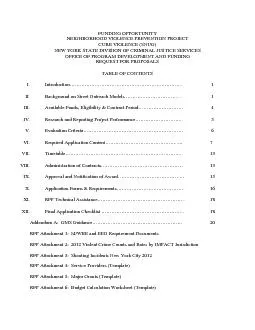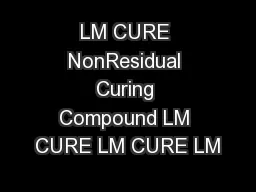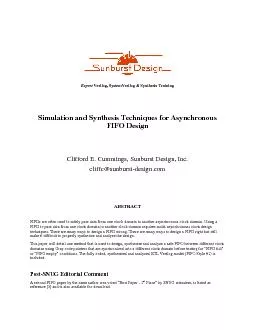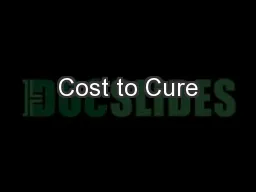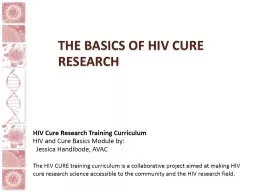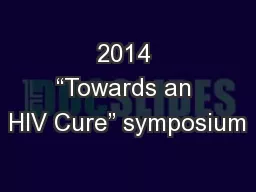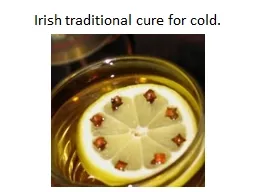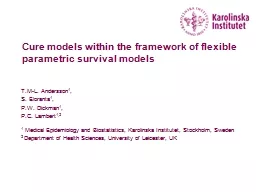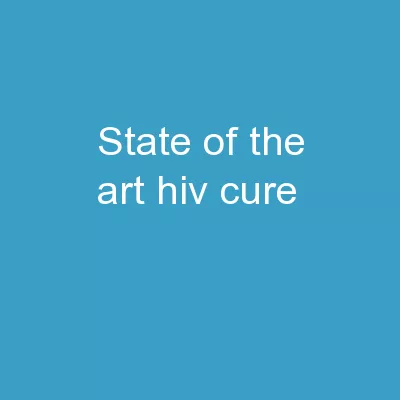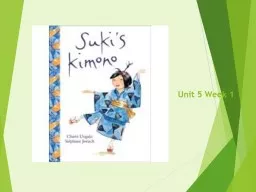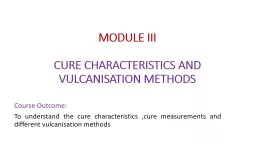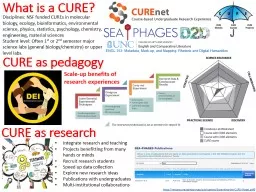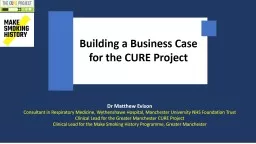PDF-NEIGHBORHOOD VIOLENCE PREVENTION PROJECT CURE VIOLENCE (SNUG) NEW YO
Author : conchita-marotz | Published Date : 2015-10-26
Introduction Operation SNUG a 2009 New York Stprograms followed the Cure Violence formerly known as Chicago prevention dedicated to reduconsidered an evidence based
Presentation Embed Code
Download Presentation
Download Presentation The PPT/PDF document "NEIGHBORHOOD VIOLENCE PREVENTION PROJECT..." is the property of its rightful owner. Permission is granted to download and print the materials on this website for personal, non-commercial use only, and to display it on your personal computer provided you do not modify the materials and that you retain all copyright notices contained in the materials. By downloading content from our website, you accept the terms of this agreement.
NEIGHBORHOOD VIOLENCE PREVENTION PROJECT CURE VIOLENCE (SNUG) NEW YO: Transcript
Download Rules Of Document
"NEIGHBORHOOD VIOLENCE PREVENTION PROJECT CURE VIOLENCE (SNUG) NEW YO"The content belongs to its owner. You may download and print it for personal use, without modification, and keep all copyright notices. By downloading, you agree to these terms.
Related Documents

